[CC forum] Fu Xiangdong: The Green Revolution opens the door of the future pursued by humans and crops
Author:CC forum Time:2022.08.30

Fu Xiangdong
Researcher at the Institute of Genetics and Development Biology, Chinese Academy of Sciences
In the pursuit of food security, human beings have opened the green revolution in the fertilizer industry in the 1960s. For decades, the green revolution actions are also iterating, and how does crops respond to the continuous iteration of this field? In fact, the pursuit of human beings and crops is the same. The door to the future of "fish" and "bear paw" is open ...
Reception of speech:
How is the food on the table formed today?
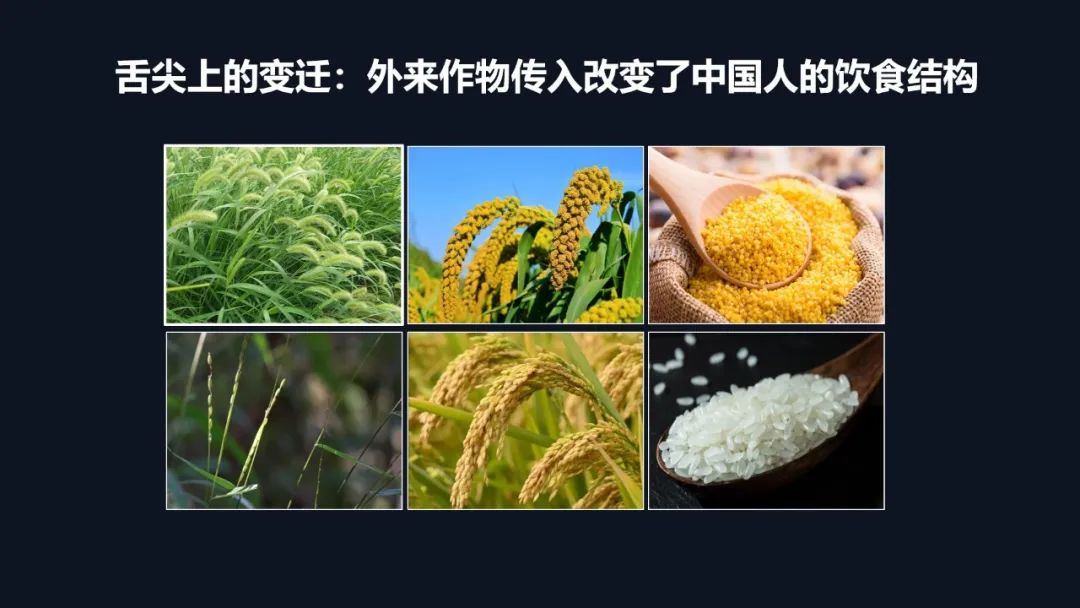
In fact, the crops we are familiar with are domesticated from various weeds. Xiaomi's ancestors are dog tails, and the ancestors of rice are wild rice.
About 10,000 years ago, we have already started planting and eating rice and millet.
Because Xiaomi's drought resistance is good, many places can be planted by dinner, so for ancient times, Xiaomi has always been the protagonist on our table;
The wheat introduced from West Asia, because of its high output, began to plant a large area. At this time, Xiaomi gradually gave up the position of the boss, and the wheat became our first main food;
In the Song Dynasty, due to the introduction of the city of rice from Vietnam, because of its high yield, it was planted in large areas of Jiangnan. At this time, rice became the largest food in China, and it also contributed to our "north of South Mi". form.
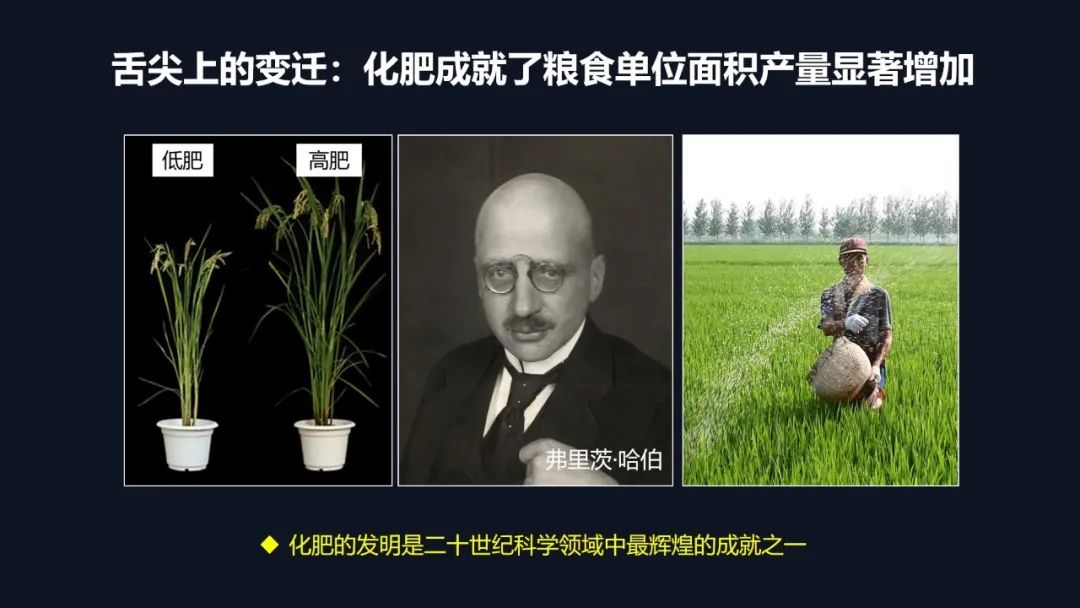
Everyone knows that if the crops grow well and have a high yield, they need more fertilization, so there is a proverb "a flower of a crop, which depends on fertilizer as a home."
Rice, we all familiar with farm work and like fat very much, but after fertilization, the plants grow very strong and grow tall. Little, at this time, nitrogen is the most important restrictions on restricting the increase in crop output.
In 1905, German chemist Friz Ham, he designed a technology that combines ammonia from nitrogen, called synthetic ammonia. The technology of synthetic ammonia has promoted the vigorous development of chemical fertilizers, and has greatly improved the output of grain crops.
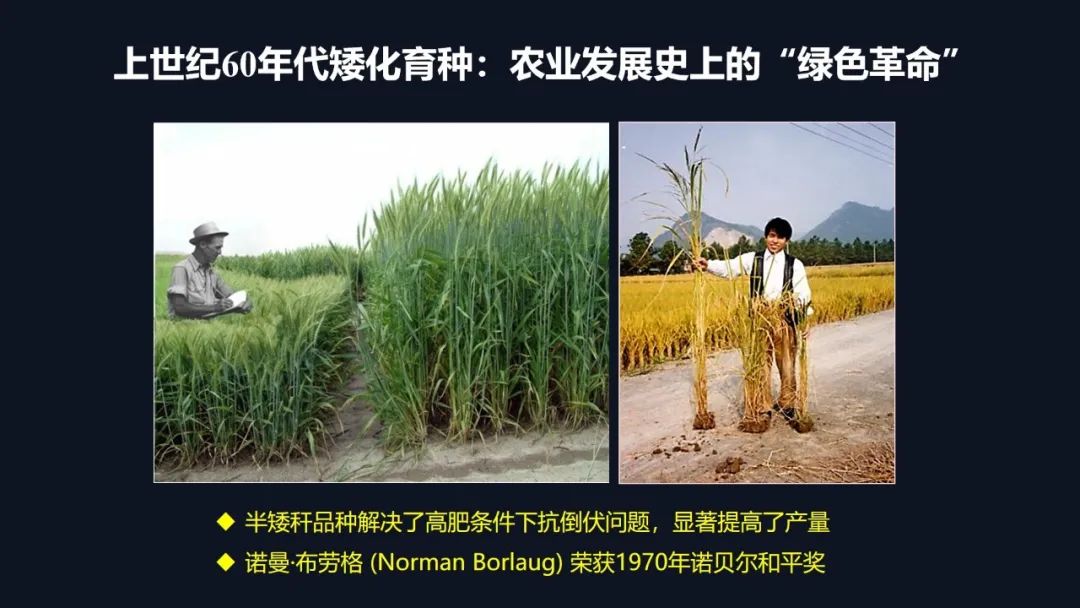
Before the use of chemical fertilizers, farmers like to cultivate and grow high crops, because high -stray plants grow tall, good growth, large spikes, and high yields. This is an advantage. The advantages of becoming a disadvantage, because when the fertilization is too much, the variety of high stalks is easy to fall, resulting in a decrease in yield. At this time, invertedness has become an important factor to restrict the increase in crop output.
In the 1960s, a breeding scientist in the United States was Norman Blaug, which has been cultivated new varieties that resist high fertilizer and anti -falling wheat, which improves the output of wheat. The variety of short stalks in China also cultivated new varieties of rice resistant and anti -falling rice.
Because of the large -scale promotion of short stalks, the output of rice and wheat throughout the world has doubled, and the grain crisis brought by the population expansion at that time was solved. This historic achievement was called "green green Revolution, so Norman Blager is called "the father of the green revolution."
After more than forty years of hard work, people revealed the "mystery of the green revolution". The nature of the original green revolution is attributed to the effect of gibberers.
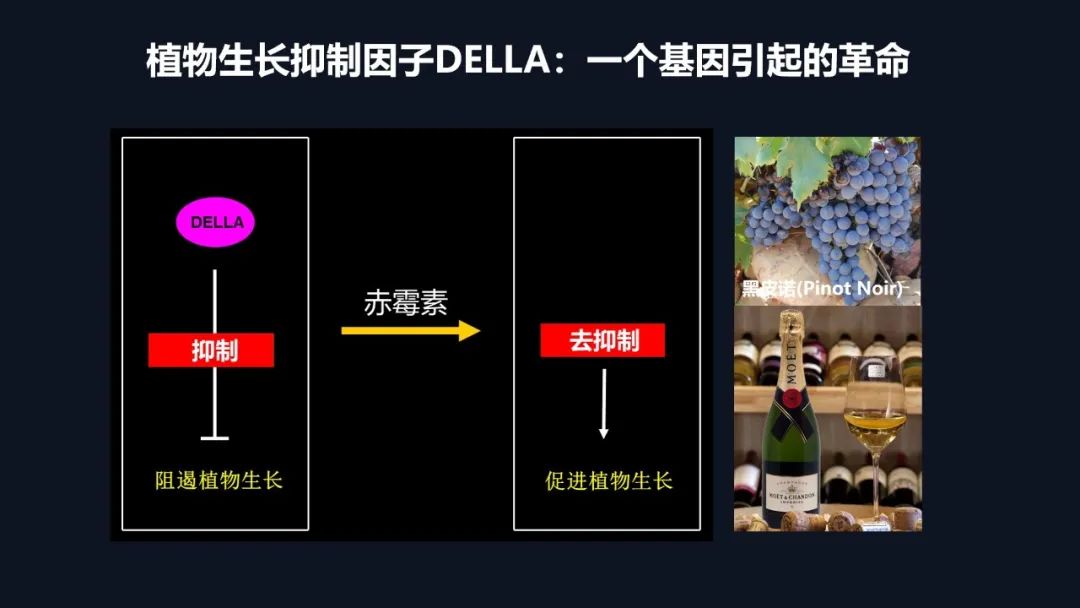
What is gibbererin? It is a plant hormone. How does it promote plant growth and development?
It turns out that there is a type of plant inhibitory factors. We call it Della protein. Its function is equivalent to "braking". After the accumulation of protein, it has shown plant growth. At this time, the plant becomes short.
Gibcitin is equivalent to a "throttle". It can promote the degradation of Della protein to relieve this delation, so the plant grows taller.
Earlier, we mentioned the semi -short stalk rice and wheat that brought the green revolution. Later, the study found that it was caused by the enhancement of the Della protein function, and it was very interesting. Due to this Della protein mutation, "a gene has changed a world." We can't help but ask, why can short stalks be increased? The original output is determined by the three main factors of the number of scratches, the number of ears, and the weight of the particles, and these three are a contradictory unity of relatively independent, interdependence, and mutual constraints.
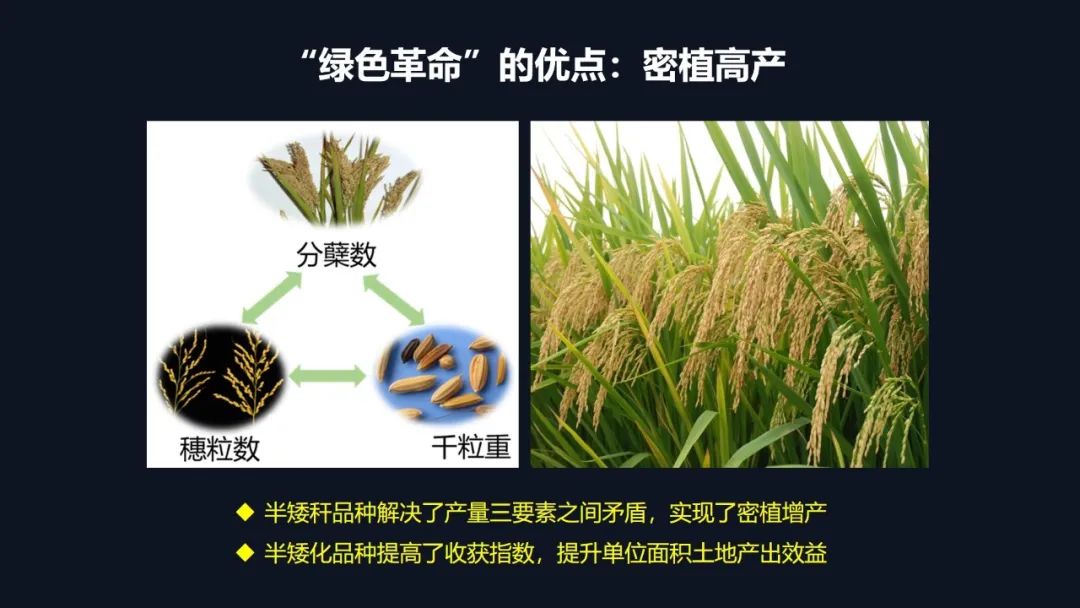
Generally speaking, if the number of signs is increased, the number of ears will be reduced, and the increase in the number of spikes will cause the weight of the particles to decrease. And our research found that the accumulation of della protein in short stalk varieties has led to shortening plants and the output of single plants. So why increase production?
It turned out that under the condition of dense planting, fertilization can increase the number of divisions of the unit area, solving the contradiction of "three elements of output" under the conditions of the group, which greatly improves the production. The value orientation is very similar. Sacrifice the individual and achieves collectives to make limited land more benefits.
Because of these prominent advantages, the short stalk gene has always dominated the breeding of rice wheat. At present, more than 70%of varieties have a green revolutionary gene.
There is also a characteristic of the dwarf varieties of the green revolution. Its plant height is not very sensitive to nitrogen fertilizer, that is, we apply more fertilizer and the plants will not pour. Production, this is our common method now.
Although our fertilizer has declined in recent years, in 2021, our fertilizers still exceeded 54 million tons, accounting for one -third of the world's chemical consumption.
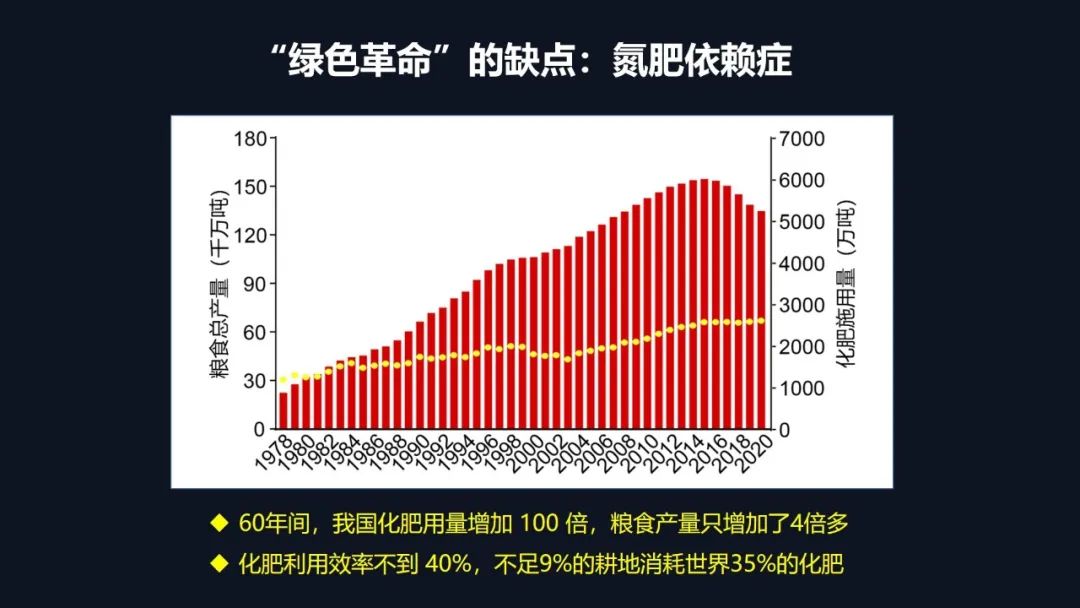
What is the current amount of nitrogen fertilizer in our crops? 506 kg! It is three times the average level of the world, and our plant itself is not strong. Like our main farmers, the ability to absorb fat is less than 40%. Environmental pollution, so weight loss and efficiency are a huge challenge facing our current sustainable development of agriculture.
Why is short stalk varieties relying on nitrogen fertilizer? Our research found that the efficiency of nitrogen fertilizer is positively related to the height of the plant. Like us, people with tall people, because they consume more energy, he needs to consume more foods. On the contrary, he consumes less. Eat less.
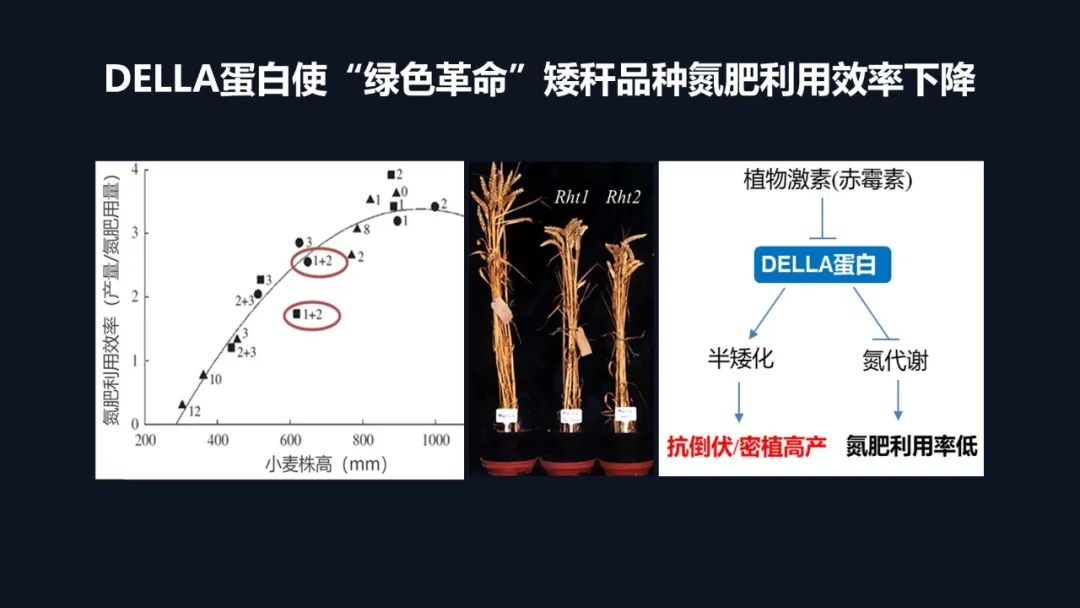
The accumulation of Della protein not only makes plants shorter, but also reduces the ability of plants to absorb fertilizer, resulting in more fertilizers in low stalks to obtain high yields. Therefore Unsustainable, we need a real, agricultural green revolution.
You can imagine that if we can find a gene, or a new mechanism, under the condition of weight loss, we can still obtain the same amount of ears and siblings under the conditions of high fertilizer. What are the disadvantages?
First of all, to break the restrictions of the "three elements of production", that is, under the condition of weight loss, we can still get more or more scoop and ears;
Second, we still need to maintain the semi -dwarf characteristics to improve the ability to resist the crop;
Third, we need to improve the harvest index to improve the output benefits of the unit area of the unit area and achieve efficient and high yield.
Everyone knows that after long -term domestication, rice has formed a variety suitable for planting different fertilizer soil, which means that among these materials, there are very rich natural variations, which may hide those key genes we need.
Therefore, our team took such a thought to bring more than 3,000 materials collected around the world through Datian experiments to see its growth and found a few types of short stalks. Under the condition of low fertilizer, this variety can still have more number of ears and more scores, so we use some unsightly selected materials to get more than ten years of hard work and tactics. A high yield and efficient gene of a rice ~ DEP1
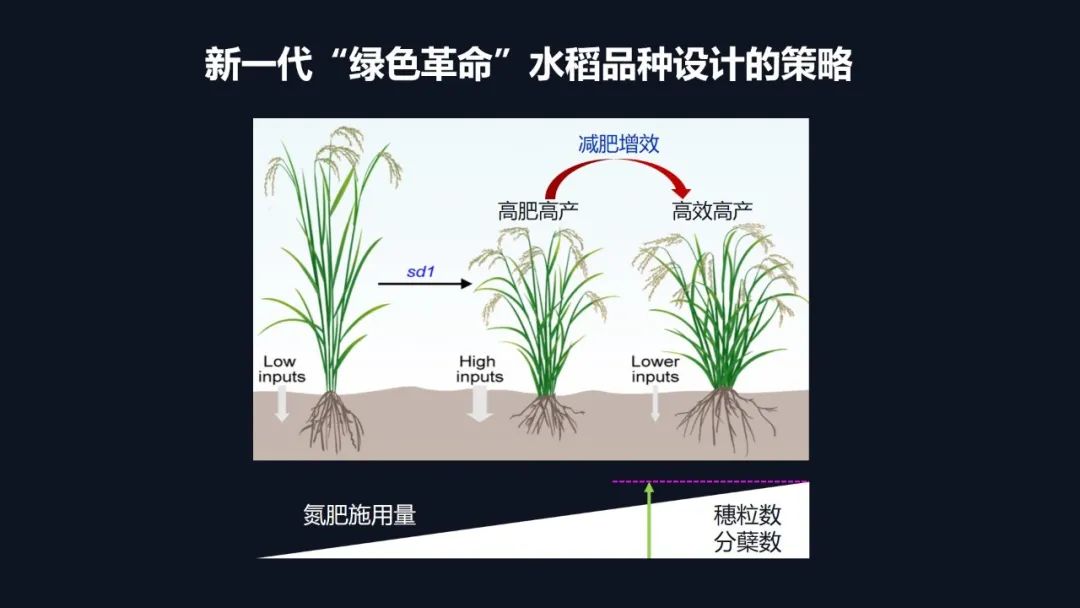
Studies have found that DEP1 has "one cause and multiple effects". During the production period of plant nutrition, its function is a plant inhibitory factor. It can inhibit the growth of the stems and can cause semi -dwarfed plants to improve the ability of plants to resist, but By the time of reproductive development, its function has changed, it has become a promoting factor for growth, which can increase the activity of stem cells, increase the amount of rice diligents and increase the number of ears of rice. Therefore Essence
From this photo, we can see that in the 20%field experiment of weight loss, the leaves of the plants have become yellow, and we contain the improved variety of DEP1, which is still green, indicating that it has a higher photosynthetic effect. It also obtained higher output.
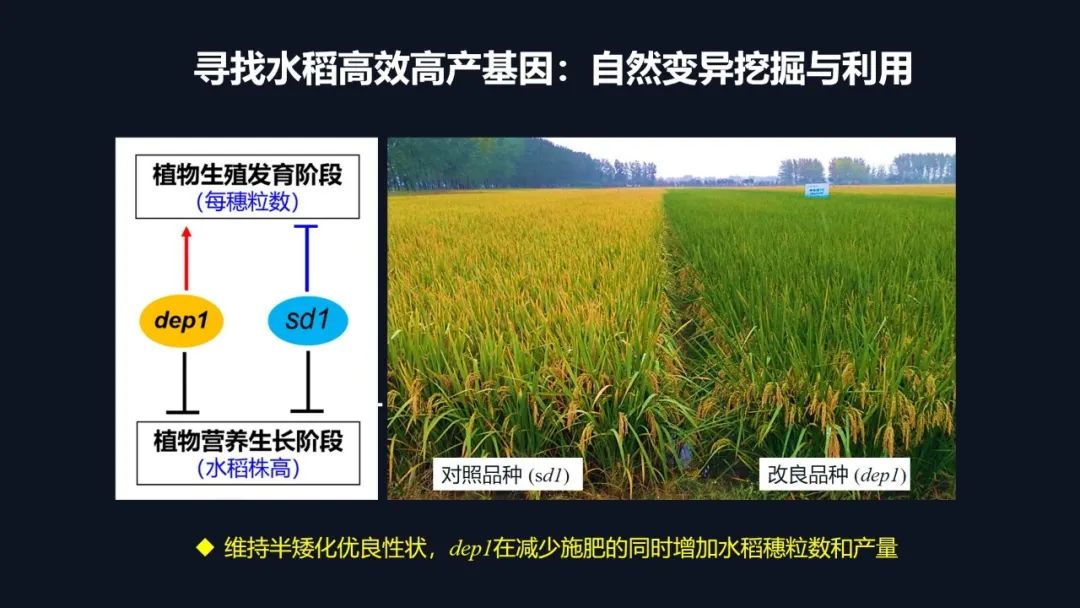
Like us, rice is very clever. It can perceive the changes in soil nitrogen levels. When the soil fertility is insufficient, the split buds of rice will sleep, producing less. At that time, this dormant will be broken and can promote the increase in the number of scores.
If we know this response mechanism, then we may find the high -efficiency and high -yield gene we dream of we need to find. Therefore, our team has screened more than 1,000 materials and used the mutagneity group. We finally found a mutant that is not sensitive to nitrogen fertilizer and is not sensitive to gibberee.
What are the characteristics of this mutant? No matter how much fertilizer you give, it still does not change, so it is a very important link that it is a very important link in which plant perception and response to nitrogen fertilizer.
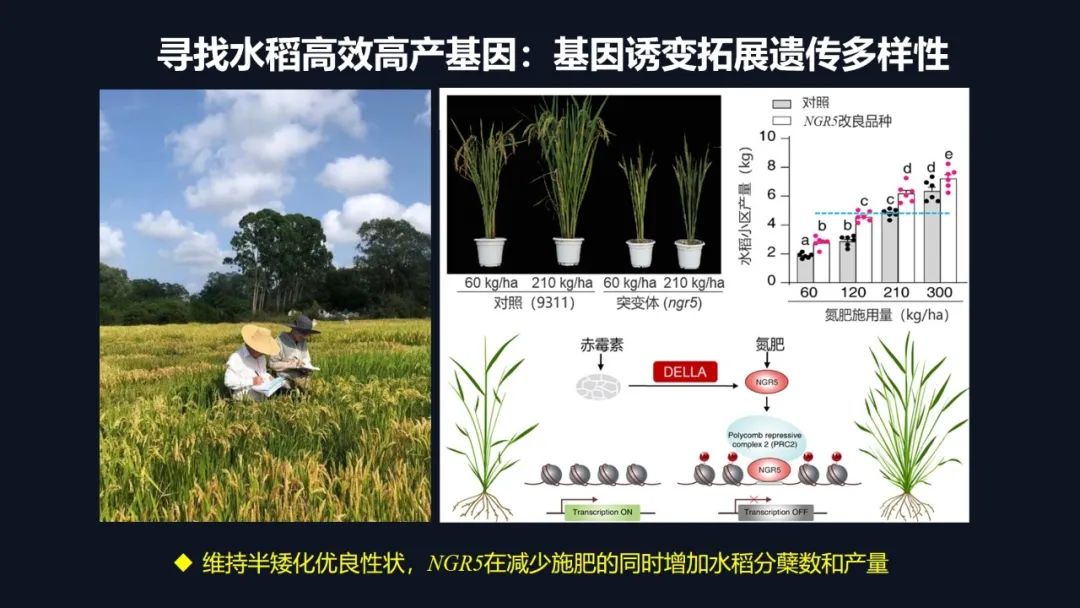
So we cloned this gene and found that the gene itself was a nitrogen response gene. Why? Plants can perceive changes, nitrogen fertilizer can increase the amount of gene expression, and to promote the increase in the number of scratches by the apparent genetic regulation mechanism, and the gibbererin signal Della protein can increase the activity of the protein, break the number of spikes and divisions, The constraints of numbers and ultimately increased the ability to divide rice, which is why the green revolutionary varieties can increase production.
We introduce this excellent equivalent gene into the current high product species, and the improved varieties, the yield obtained by 120 kg/hectares Let us tell us that this gene can bring us the effect of weight loss and efficiency.
So from this example, we can tell us that the plant type of rice can be transformed to achieve a breeding target of our high -efficiency and high yield.
As mentioned earlier, the green revolution has achieved dwarfed high yields, but it brings a disadvantage of the efficiency of nitrogen fertilizer utilization. So can we overcome this disadvantage by increasing the genes of nitrogen metabolism?
In fact, our research has found that if you grasp the genes that regulate nitrogen absorption, transfer, and assimilation, and improve their expression, it can indeed improve rice output and improve the efficiency of nitrogen fertilizer, but it has led to the height of plants to become higher It brings the risk of inverted, so the dwarf high yield and nitrogen fertilizer are efficiently used, just like fish and bear's paw cannot be both.
How can I get both fish and bear's paw? This requires us a new research idea. The breedingists want to achieve a breakthrough in rice output through the coordinated improvement of the "enlarged storage".
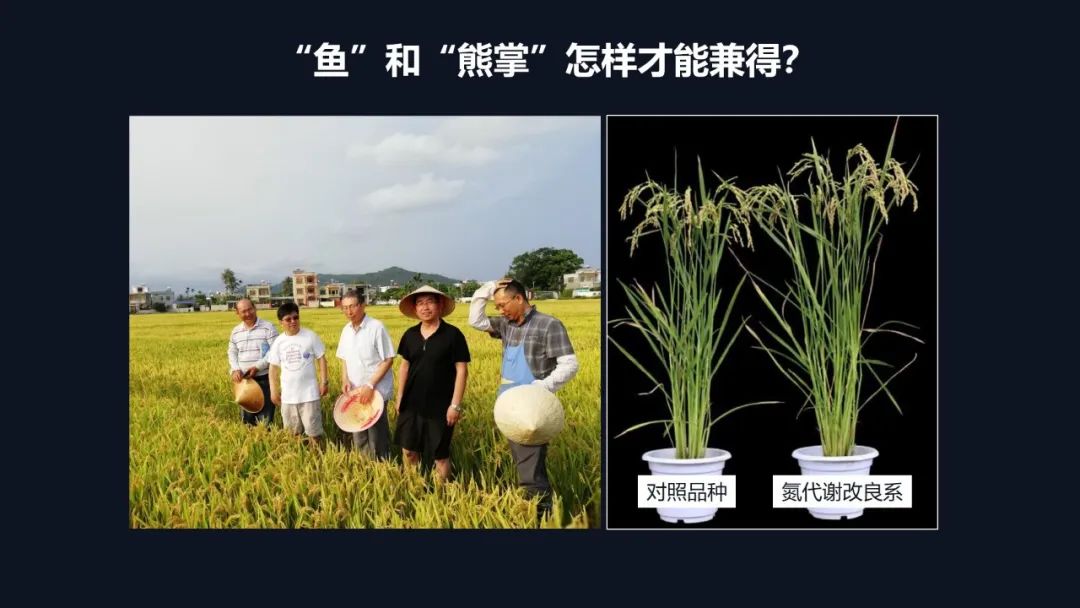
Everyone knows the material basis formed by photosynthesis and nitrogen metabolic crops. The efficiency of nitrogen fertilizer use is not only related to our nitrogen use itself, but also affected by photosynthesis. It is also closely related to plant growth and development. Photosynthesis, nitrogen metabolism, and plant growth and development, as a unified overall new research method, to study the efficiency of nitrogen fertilizer utilization.
Everyone knows that fat people do not necessarily eat too much, and thin people do not necessarily eat less. In fact, the same is true of rice. We found that the photosynthetic effect of rice is the same as the use efficiency of nitrogen, and there are very large differences between individuals. Under the conditions of low fertilizer, we plant different rice varieties. Some varieties are very weak, and the leaves are also very yellow.
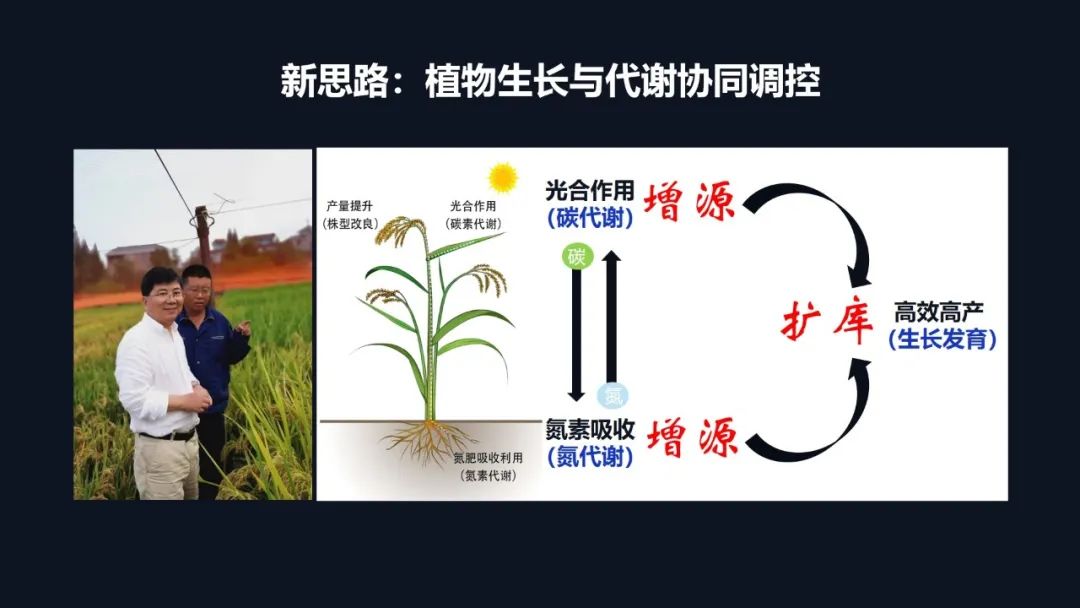
Our team analyzed the ability to absorb and assimilate the nitrogen materials of more than 1,000 copies of rice materials. At the same time, through the experiments of Datian to evaluate the production benefits of nitrogen fertilizer, we found a very interesting result. In fact Its output does not have a direct correlation, that is, many high products, including the super rice that we are familiar with now, have a high output, but its ability to absorb fertilizer is not very strong. Instead, it is some farm varieties. The output is not very good, but their fat -absorbing ability is very high.
Therefore, we use these farm varieties to have a very high product variety of nitrogen absorption capacity.
Our research found that this GRF4 and DEP1 are very similar, and it is also a "one -cause multi -effect" gene. On the one hand, it can "increase source" by enhancing photosynthesis, enhanced nitrogen fertilizer absorption and utilization, and control cell division to achieve rice to achieve rice The "expansion of the library" coordinates the efficiency and output of nitrogen fertilizer of rice.
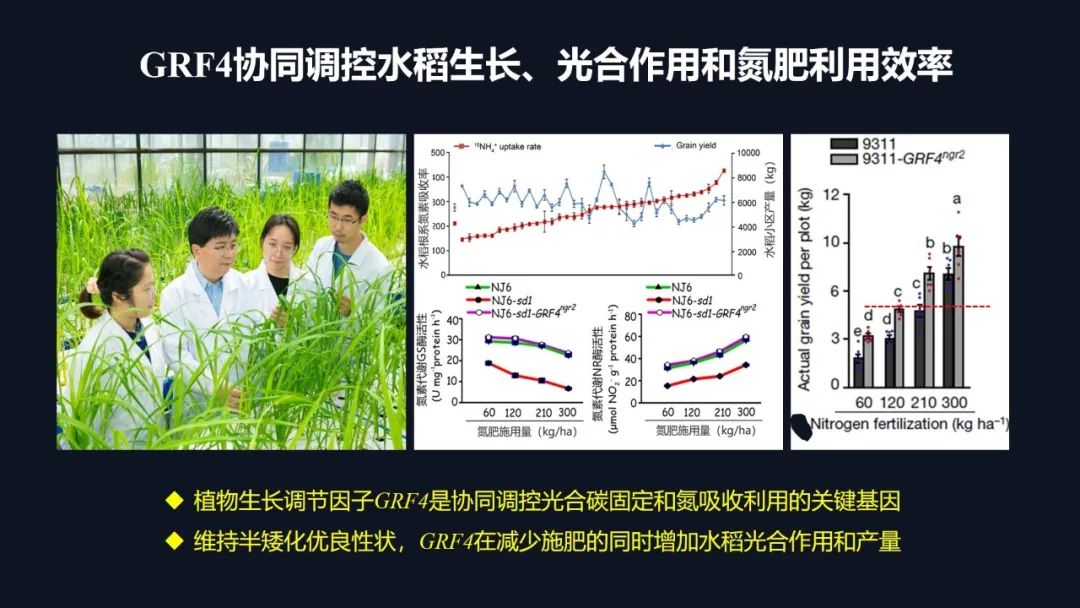
After we import this excellent genetic gene into our modern high -products, we will keep our existing output unchanged in the field experiments, and our GRF4 can reduce the investment of 30%to 40%of nitrogen fertilizer. After further research, GRF4 it Targeted gene IPS1 interaction to jointly control the carbon metabolism and nitrogen metabolism of nitrogen fertilizer.
This mechanism is not in rice, and it is a very conservative in our plant world, so we use the conservativeness of this gene function. We will accurately regulate in the wheat. It is found that not only maintains the advantages of half short stalks of wheat, but at the same time, it can still increase the production of wheat and the efficiency of nitrogen fertilizer. Therefore, by regulating the growth and metabolism of plant growth and metabolism, fish and bear's paw can be achieved. In addition, it can also provide a new strategy for breeding with high -yield and high -efficiency and improvement of nitrogen and coordinated improvement for rice and wheat and other crops.
With the improvement of people's living standards, our diet structure has also changed. We have eaten less grains, and we have increased the demand for protein foods. This is our general trend.
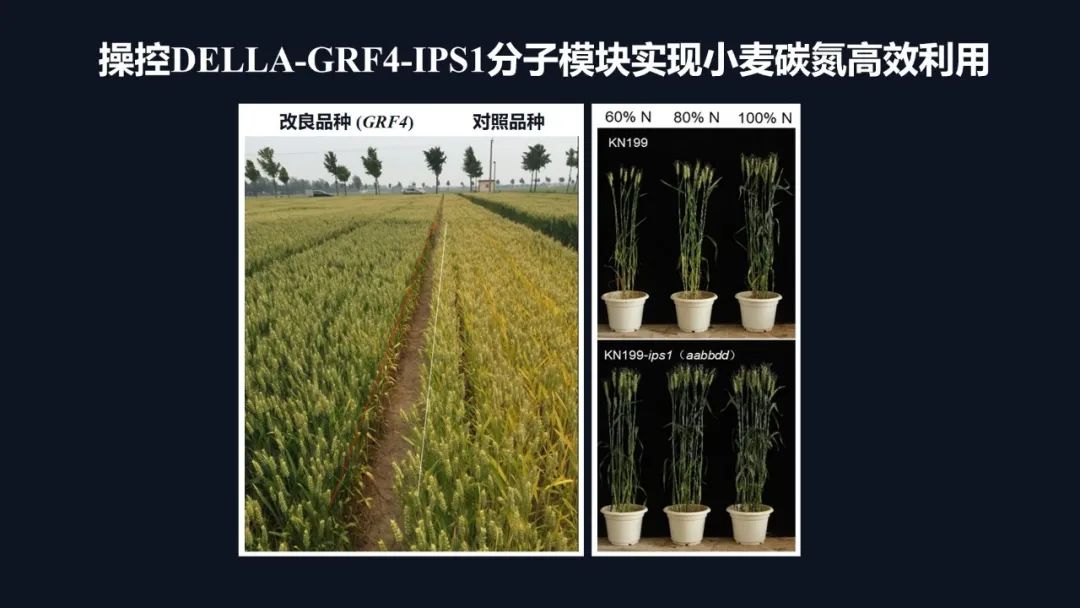
In recent years, people have talked about "fertilizer" color change, and have a demonization tendency to nitrogen fertilizer (chemical fertilizer). Even some people think that in order to maintain the environment and promote the development of green agriculture, they should give up the use of chemical fertilizers. But I have to tell you that 56%of Chinese protein consumption comes from nitrogen fertilizer. This is the key to China with a 9%arable land, feeding 18%of the population, and gradually improving our living standards. Therefore, it is impossible not to fertilize. The efficiency of nitrogen fertilizer, how to reasonable fertilization is the key to our sustainable agricultural development or green development. Since the Industrial Revolution has brought a trend of global warming, and this climate change has enhanced the optical fitness ability of plants, but it inhibits the absorption of other mineral elements such as nitrogen in plant root systems, which has led to the plant’s The change in the balance of carbon nitrogen metabolism has also seriously affected the output and quality of crops.
Throughout the development of crops the development of crops, in order to cope with the changes in the natural environment and the social environment, humans and crops are actually choosing each other, pursuing together, and green. It is the background of human development in the new era. The breeding problem that protects the environment, through a green seed, helps green and low -carbon development, and better serve all human beings.
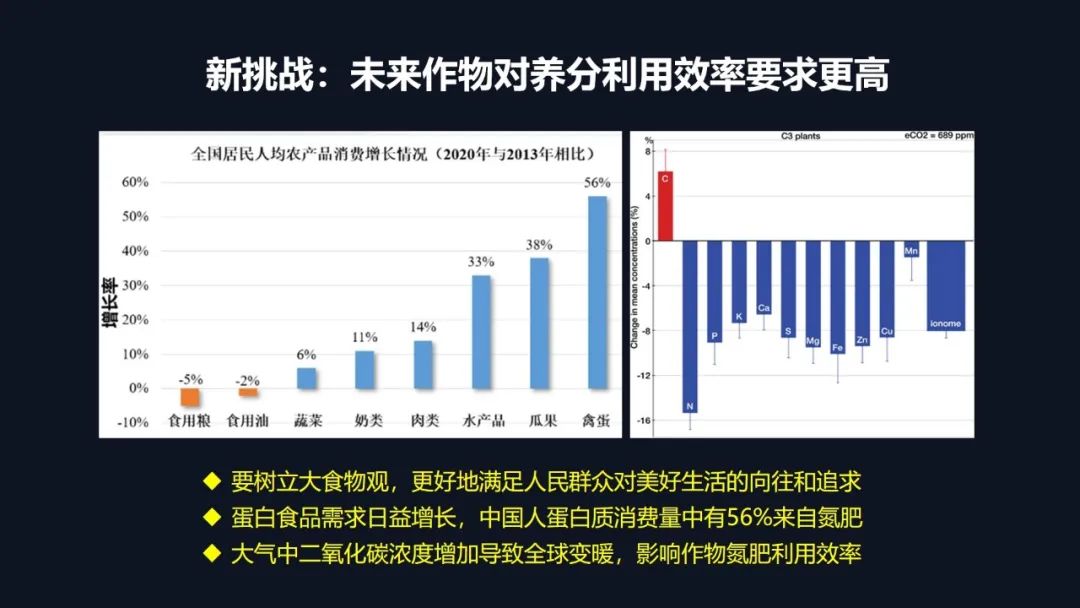
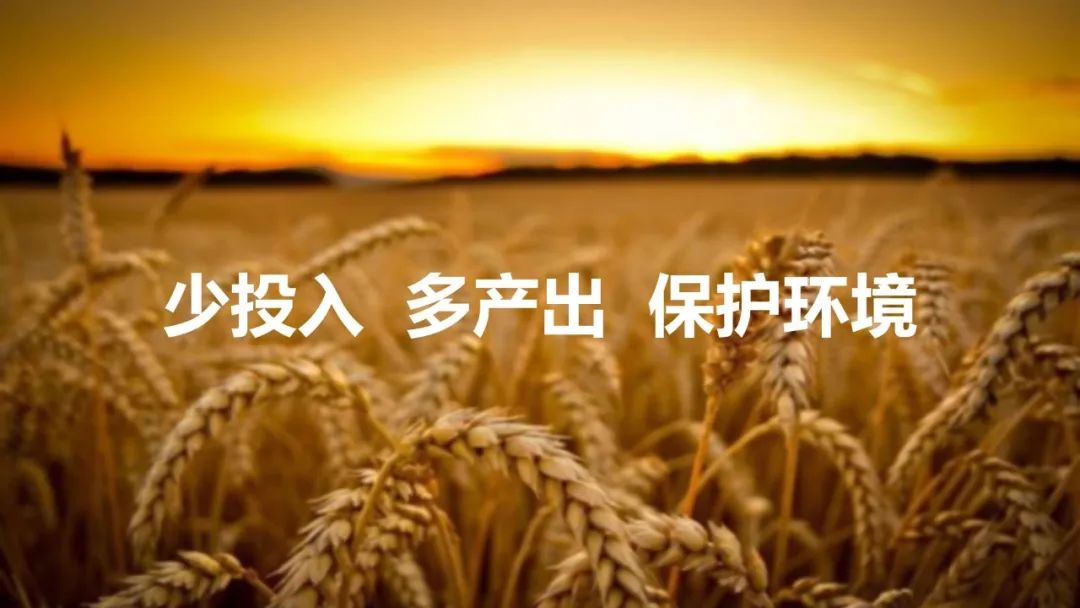


- END -
Visit and optimize the business environment to witness the construction of Damei Yuechi
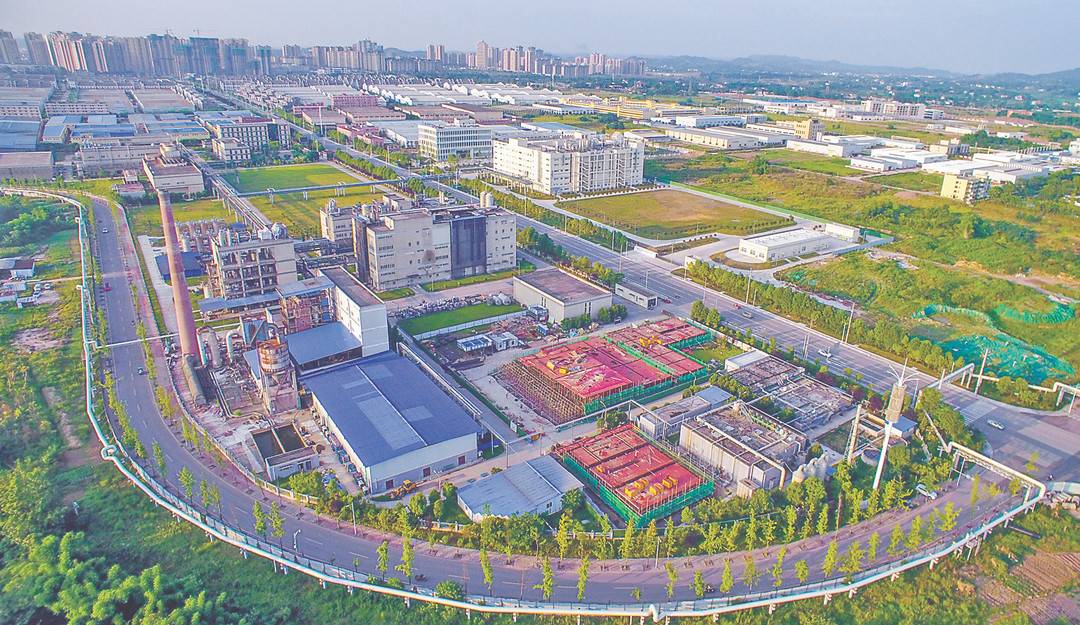
Cover Journalist Wang Renhong, a trainee reporter Liu YanjunMillennium Yinyuechi. ...
Huicheng shares disclosed that the 2022 semi -annual report achieved revenue of 462 million yuan
On August 16, A -share listed companies remitted the shares (code: 688403.SH) released the semi -annual performance report of 2022.From January 1, 2022-June 30, 2022, the company realized operating in